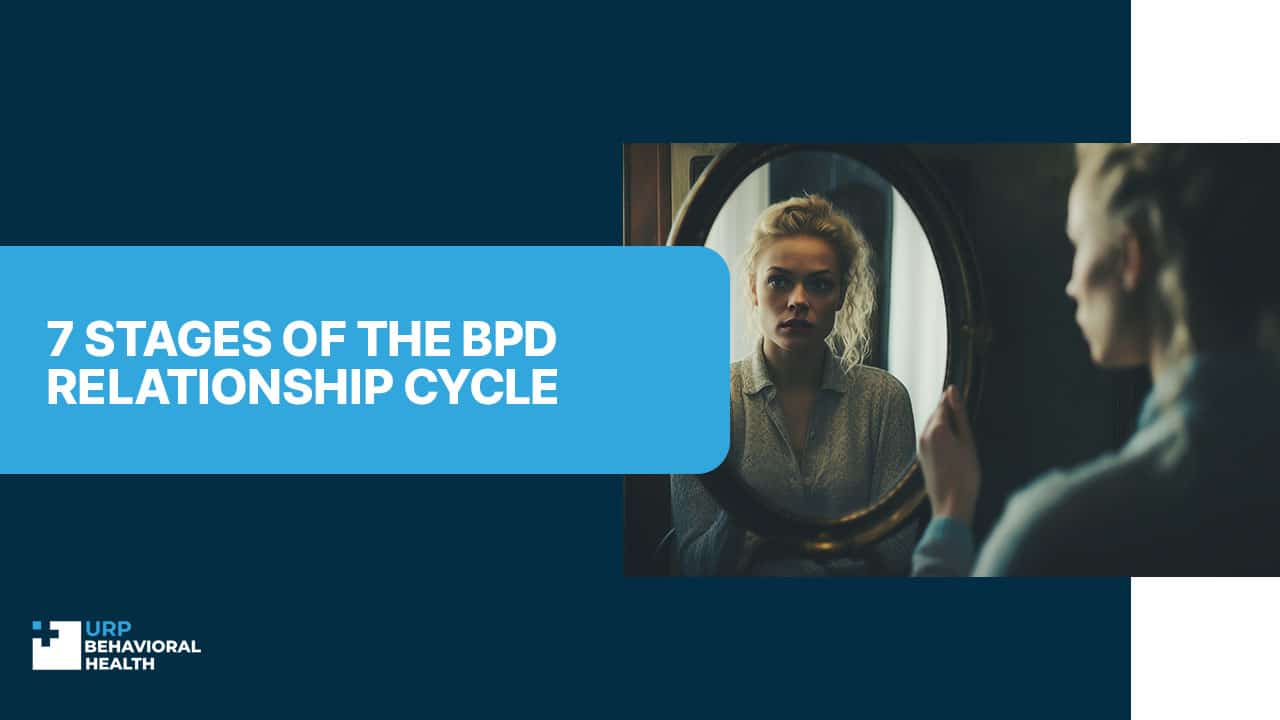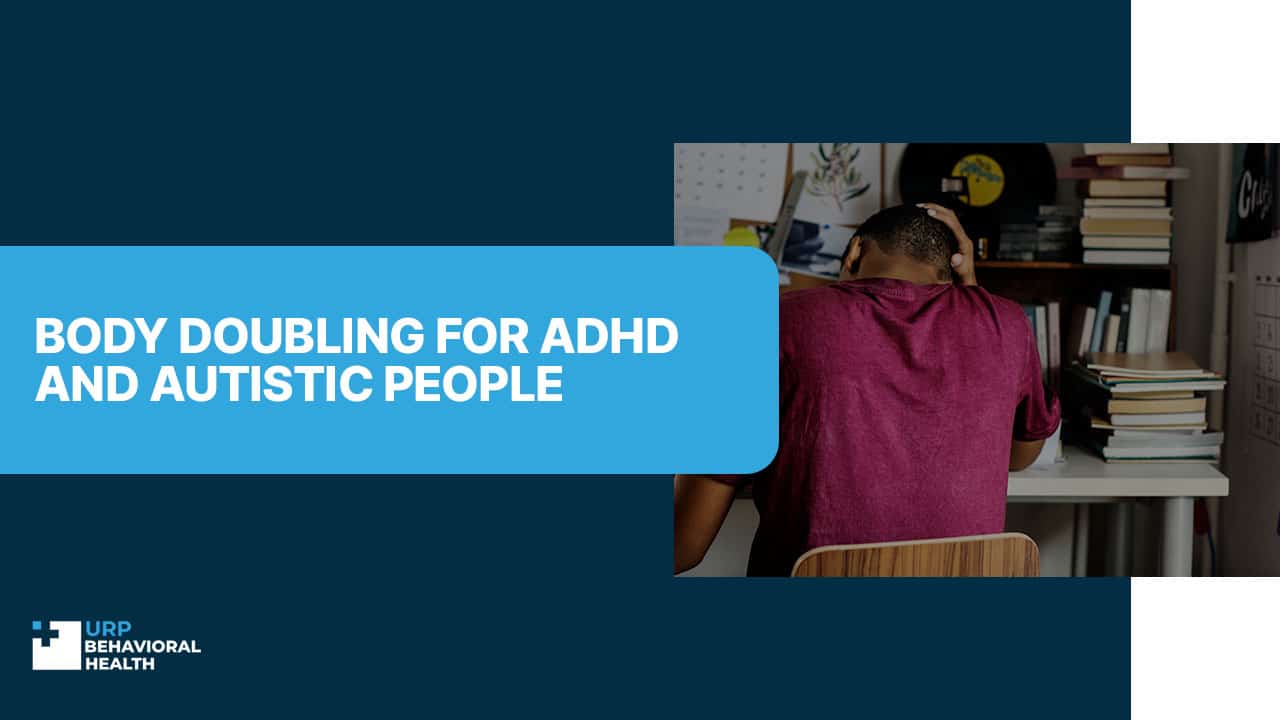
7 Stages of the BPD Relationship Cycle
Having borderline personality disorder is like riding a roller coaster 24/7. Mood swings, impulsivity, swinging self-perception and self-identification, and regular issues of depersonalization and deprivation spoil the whole life. Yet, being a BPD in relationships is even worse. In this article, you can get more information about the 7 stages of the BPD relationship cycle which are typical for this disorder.
What is a BPD relationship cycle?
For borderline personality disorder, the main dysfunctions regulate the whole life of a person. Moreover, in relationships with others, they impact the others’ lives too. Due to the inability to control emotions and behavior, during relationships, a person with this disorder often acts impulsively and even can do harm both emotionally and physically to their partner.
Yet, the swings also change from the highest admiration to hatred, so, the periods of love and mutual understanding switch to periods of depression and quarrels. These switches are today categorized and divided into 7 stages of BPD relationship.
Of course, it is not 100% guaranteed that each person diagnosed with a borderline personality disorder may pass all 7 stages. Sometimes, some of them can be mixed or even missed. Yet, the concept remains the same.
Challenges of the BPD Relationship Cycle
What challenges does a partner of a BPD-diagnosed person face during a single cycle of relationships?
- Being constantly in a stressful environment.
- Great pressure on the psyche because of the issues of overcontrol and anger outbursts.
- Possibility of episodes of emotional and physical abuse.
- Risks of being engaged in codependent relationships.
- Risks of being engaged in addictive practices and self-damaging behavior.
That is what you should be ready for when starting BPD relationships.
We’ll help you understand your options and guide you toward care.
The 7 Stages of the BPD Relationship Cycle
Even though some BPD persons tend to avoid relationships with others, they are highly attracted by the opportunity to be engaged in them. Relationships with other people bring BPD patients the feeling they are not alone, they are valuable, and they are precious to someone else. Due to the essence of this disorder which is claimed to be triggered by neglect and emotional abuse in early childhood, in older age, borderline personality disorder makes people look for relationships, especially romantic ones, while their psyche mechanism cannot maintain them stable.
That’s why the relationship with someone with borderline personality disorder often looks like an endless circle you are riding. This circle can be divided into 7 main parts, namely the stages of BPD relationships.
They are:
- Idealization of a partner
- Occurring fears and doubts
- Obsessive neediness in a partner
- Withdrawing & withholding period
- Escalation of devaluation of a partner
- The stage of return and renovation of relationships
- Repeating the first stage again.
Idealization
All of us experience arousal and the highest levels of delight at the beginning of romantic relationships. Yet, in BPD persons, this stage reaches an extra-high level of adore. This is, of course, the most positive stage of the relationship, often called the Honeymoon. Here you can observe the maximum attraction between the partners. A feature of this stage is a kind of “mirroring”, when the partner with BPD will show maximum interest in everything you are interested in or do, even copying your manners. This happens partly because individuals with BPD have a hard time deciding what they themselves would like to do, what they want and what they don’t. It’s a kind of self-identification for them. One more reason is that BPD persons feel that merging with their partner’s identity attracts them more.
Fears and doubts
At the stage of fears and doubts, the first signs of disappointment appear. Your BPD partner feels that you do not love them enough. The first fears that you can abandon them occur. This often results in unpredictable mood swings in a partner with BPD which are not motivated by any objective reason. At this stage of the relationship, a couple can experience regular quarrels and issues of misunderstanding. Yet, even if there are no suspects for further breakup, a BPD partner will imagine them.
Obsessive Neediness
At this stage, you will be literally bombarded with calls and messages, with the aim of getting maximum attention from you. You will begin to encounter your partner’s extreme vulnerability to criticism. Any comments from you to your partner with BPD (unless they are positive) can highlight a strong sensitivity to such remarks and the dependence of self-esteem on external assessments. Besides, you will be fully under the control of a partner because any signs of your individual borders will be considered as your intention to break up.
Withdrawing and withholding
The third stage of borderline personality disorder relationships is characterized by rising pressure on a partner. A BPD partner remains unsure of their soulmate’s feelings and goes above and beyond to get assured of them. Often, they provide tests and challenges which can be painful for a partner.
Escalating Devaluation
After a BPD partner doesn’t get any satisfaction from the relationship and their doubts grow persistently, there is a breaking point. If you do something wrong or commit some minor offence or mistake, it becomes a complete disaster in the eyes of your partner. A partner begins to treat you completely differently, and such a sharp turn, of course, can be very painful and extremely unpleasant. At this stage, your partner with BPD may try to leave the relationship, which is an attempt to somehow control your relationship. By suddenly disappearing from your life, they count on an increase in emotions on your part, forcing you to prove to them that you still love them and that they are still important to you. When faced with such manipulation, it is worth remembering that this is unlikely to be a serious intention to break the connection with you, but only a way to feel needed and loved again.
Return & Repair
After some time has passed, a “former” partner with BPD suddenly begins to recall you and your relationships in a bright light. You no longer seem so bad to him and he understands that he wants to come back, starting to make progressive moves in your direction in the form of careful messages or calls. Of course, such behavior can confuse you. However, such tactics, if successful, can lead you to a new “honeymoon”, starting the whole cycle again. However, most likely, this stage will be shorter than the first, so you should not count on a complete repetition of all the pleasant moments that you managed to experience last time.
Repeating the cycle
If a BPD person succeeds in turning back the time of your relationship, the whole cycle will start again bringing even more pain and distress as its stages become shorter, and the burden of bad memories becomes heavier for both of you.
What to expect from the BPD relationship cycle
Unless BPD impacts the whole concept of relationships between people, it is not a reason to break up immediately. Today, the first and foremost remedy for a couple with one of their partners being diagnosed with borderline personality disorder is to start therapy.
Typically, BPD people highly need support, approval, and care. That’s why if your partner is ready to start therapy, the best idea is to support them and to remain caring and loving if this relationship is significant for you.
Although most relationships with Borderlines last for 7 years, in some cases and circumstances, partners remain close for decades. The presence of therapy and access to borderline personality disorder treatment increases the chances of a happy ending in your history, and you can get it for your partner in URP Behavioral Health.
Reach out today and let us create a treatment plan designed around your needs.

















